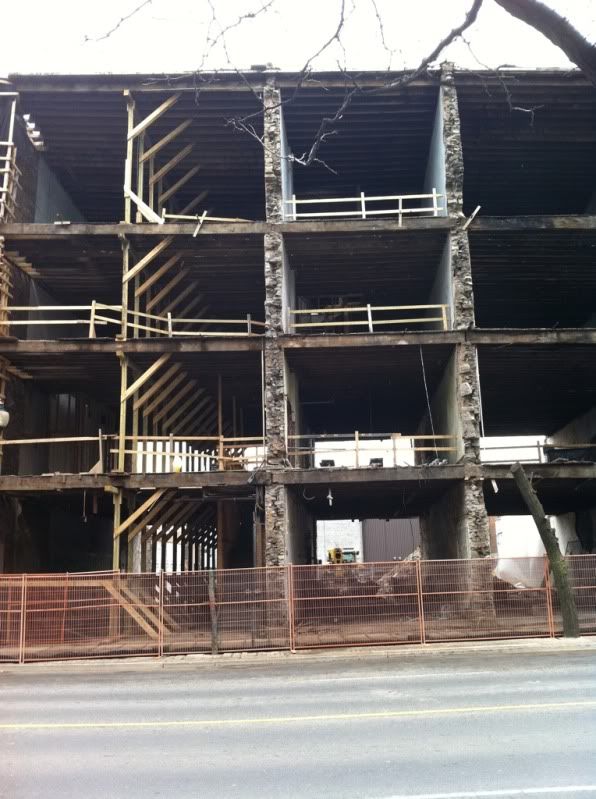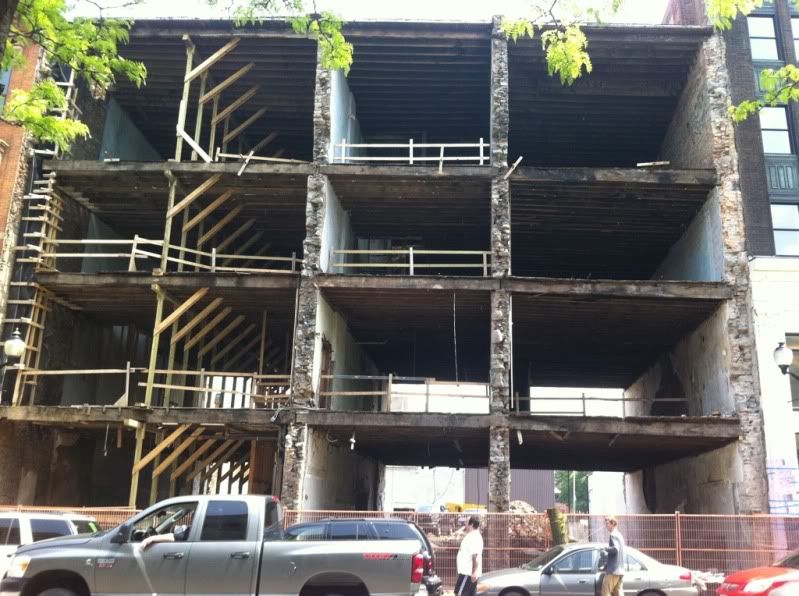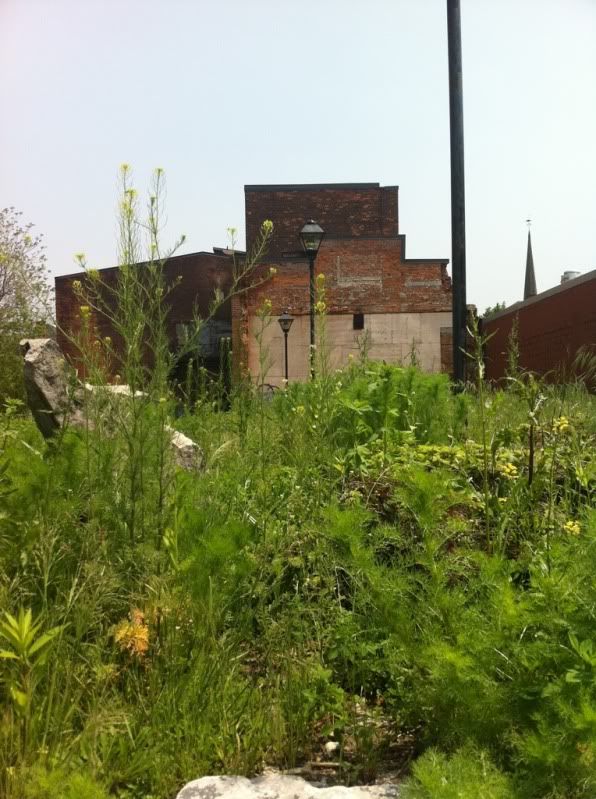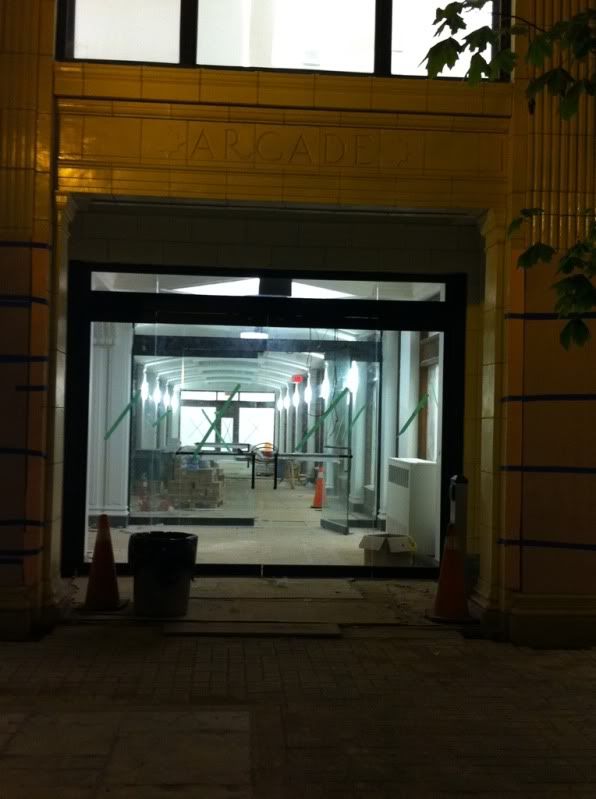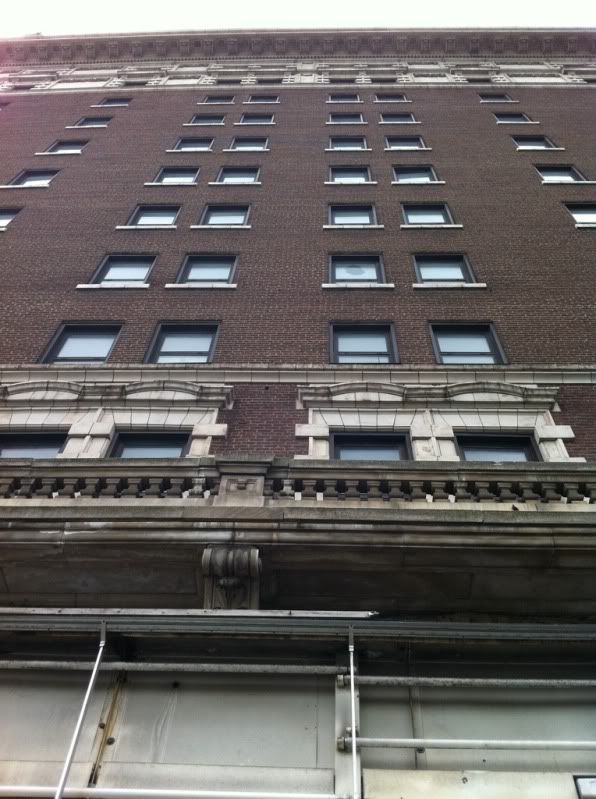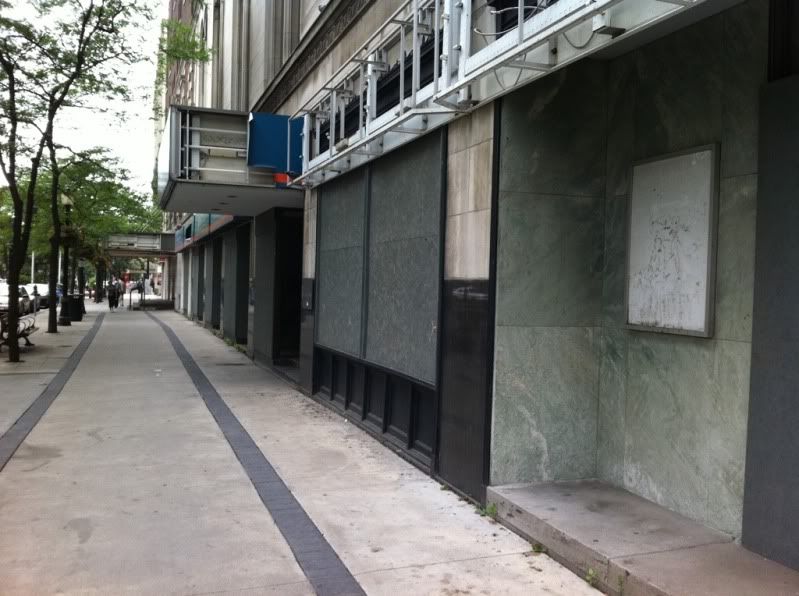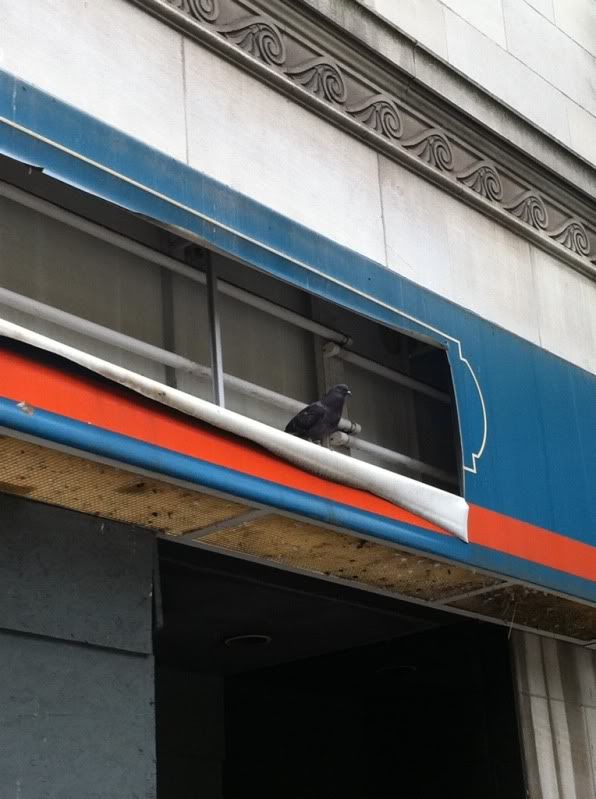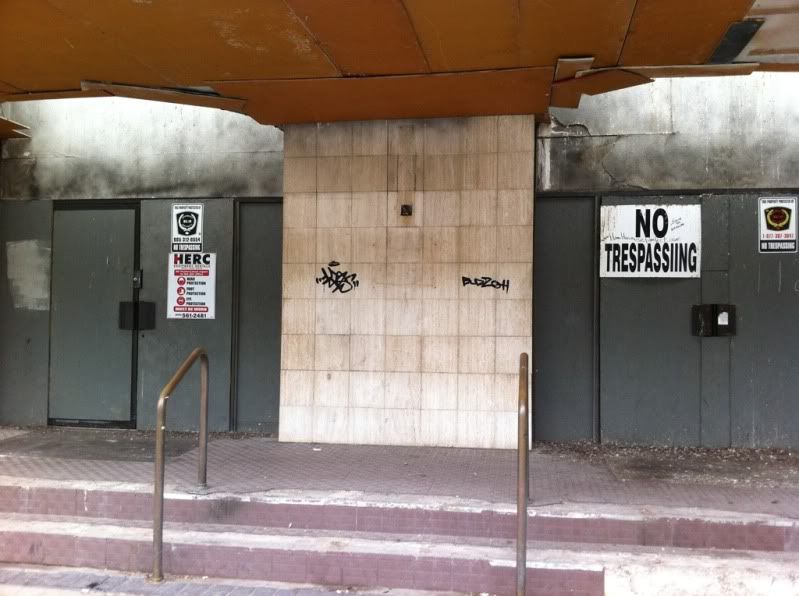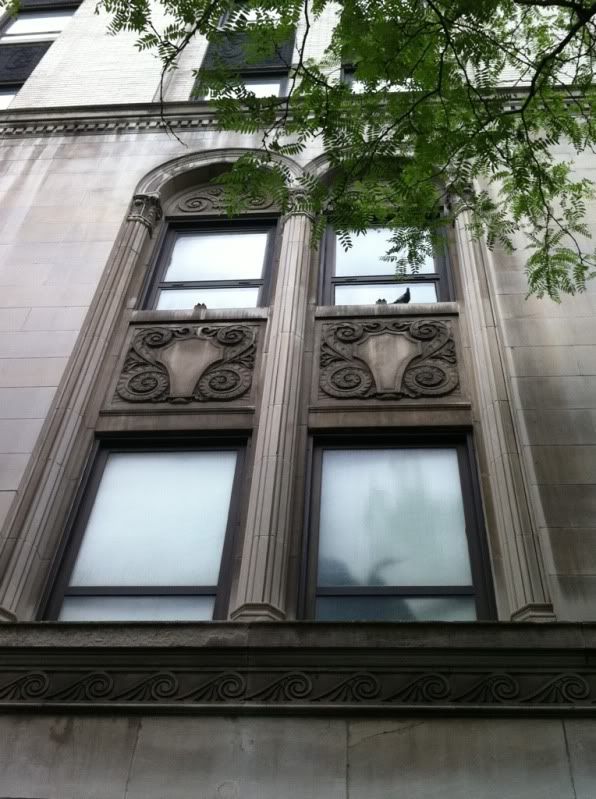Some of the bad rap is deserved. The Hamilton municipal government was appallingly bad for decades. While some recent initiatives have shown promise they are mostly just on the books and not actually being implemented. The stadium debacle shows there are still major governance issues. The city's debt is huge and much worse are the hidden infrastructure and pension liabilities. They are still slaves to plans from the past (like the TTC) where projects proposed in the 60s sit on the books with old cranks blocking any updated visions. The post-amalgamtion mix is a sprawling mess of dense urban areas, cul-de-sac suburbs and huge rural areas. There are hundreds of people who live in Hamilton but are only a 5 minute drive to the centre of Cambridge! There is a lot of land along rural Highways being gobbled up for the worst suburban sprawl I have ever seen.
EDIT:
Look at the new sprawl extending from the village of Freelton. There is nothing in this area except houses. There are no businesses at all of any kind! You have to drive at least 20 minutes away to buy anything. But when you have a city desperate for development fee income this is what you get.
Here's another example. Sprawl plunked down in a tiny rural hamlet.
But hey, it has a roundabout! How progressive.
There is merit to trying, and it's great this building was saved from death row, after 10 years of squabbling, but many didn't escape death row during the same period, the Tivoli theatre for one. The old Royal Connought has taken the Lister block's place on death row and the question now is will anyone bother to save it?






